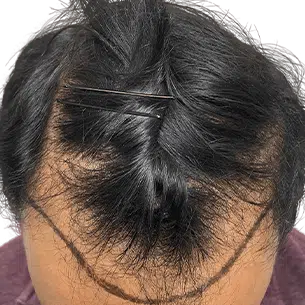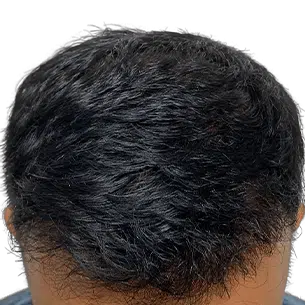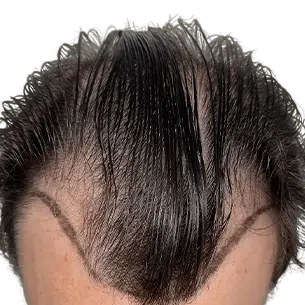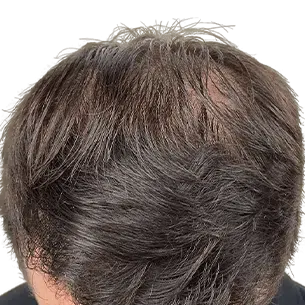This question doesn't have such a straightforward answer. The truth is that it COULD have a higher transection rate because it is harder to extract hair from the body than it is from the scalp, but when done by skilled hands it should be negligible anyway. The reality is that most people don't care about how many live during a harvest on the body so long as the ones that are transplanted are living hair follicles. With that in mind, the transection rate will be negligible when done by the rightly trained hands.
Additionally, the reason why most facilities don't offer body to scalp hair transplants is due to a lack of ability to harvest the necessary amount of grafts in a short enough period of time where they can still be safely transplanted before graft death begins to occur due to time spent out of body. If they are too slow, the grafts that were removed earlier in the transplant (which are mostly your BEST, because they're scalp derived) will begin to expire. Because of this, choosing your team is absolutely crucial to success.
Additionally, the reason why most facilities don't offer body to scalp hair transplants is due to a lack of ability to harvest the necessary amount of grafts in a short enough period of time where they can still be safely transplanted before graft death begins to occur due to time spent out of body. If they are too slow, the grafts that were removed earlier in the transplant (which are mostly your BEST, because they're scalp derived) will begin to expire. Because of this, choosing your team is absolutely crucial to success.
























